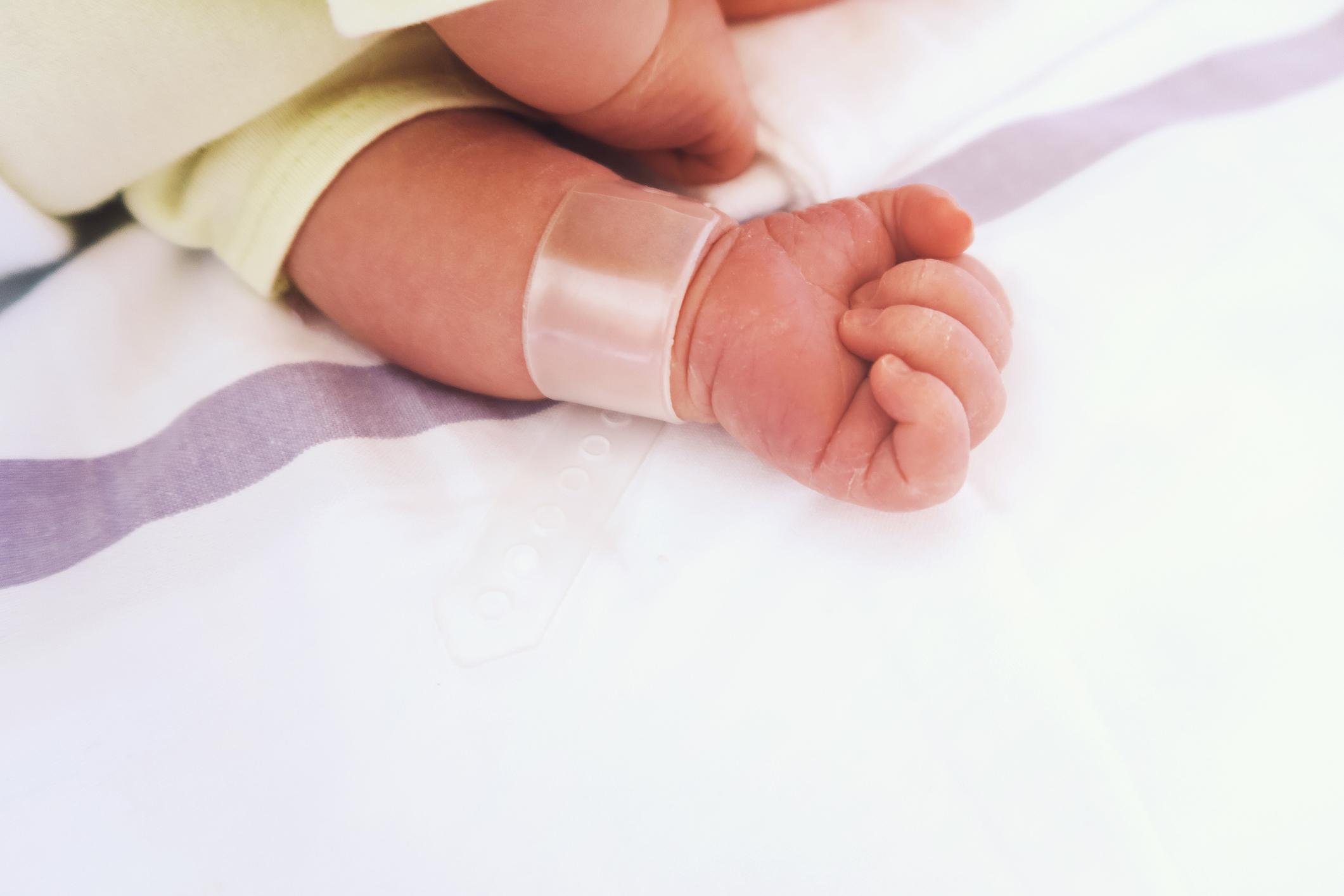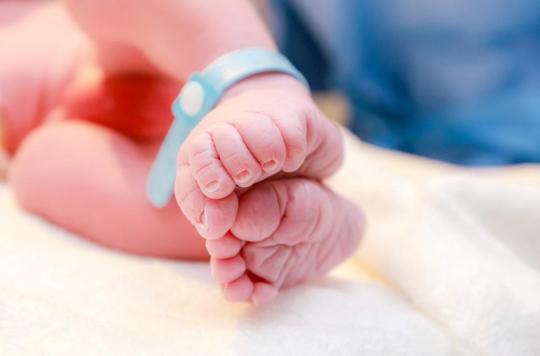By using an organ taken from a donor in a state of cardiac death, American surgeons succeeded, for the first time, in transplanting it when it had started to beat again thanks to a cardiopulmonary bypass device.

- Stanford Medicine surgeons successfully transplanted a heart while it was still beating, using an organ from a cardiac-dead donor.
- The first transplant took four hours and proved to be a success.
- The Stanford patients showed better outcomes late in the implantation, leaving the hospital earlier than usual because the heart and its new host meshed faster.
This is a first: in October 2022, Stanford Medicine surgeons in the United States succeeded in transplanting a heart while it was still beating, using an organ taken from a donor in a state of cardiac death.
Initiated by professor of medicine Joseph Woo, holder of the chair of cardiothoracic surgery, and his team, the technique has since been used five times in adult and pediatric patients by surgeons at Stanford Medicine. The procedure was described in a study published in March in the Journal of Thoracic and Cardiovascular Surgery Techniques (Technical JTCVS).
The 6 patients who received the heart transplants are doing well
Brain-dead donors have long made up the majority of heart transplants because with these patients, who were kept on life support before procurement, it was easier to keep the organ stabilized and ensure its health. . But with demand outstripping supply, the medical world has been driven to seek new approaches.
This is why recent technological advances have made it possible to achieve this heart transplant from deceased donors by what is called cardiac or circulatory death. This involves taking a heart that has already stopped twice, first when the donor died, then immediately before the transplant, after spending time hooked up to a machine that perfused it with oxygenated blood. Such a procedure increases the number of hearts available for transplantation, but the results for recipients are worse.
The innovation in the intervention carried out at Stanford consisted in transplanting the heart when it had started to beat again. “Stopping the heart a second time, just before transplantation, induces more injuriesProfessor Woo said in a communicated. I said, ‘Why can’t we sew it up while it’s still beating?'” The Stanford patients showed better outcomes late in the implantation, leaving the hospital earlier than usual because the heart and its new host meshed faster. Today, the six patients who received the transplants are doing well.
Transplant: the technique of keeping the heart beating has many advantages
This first beating heart transplant lasted four hours. That day, the Stanford healthcare team was ready to receive a heart from a deceased cardiac donor. The team quickly connected this heart to a cardiopulmonary bypass machine. The machine ensured the uninterrupted flow of warm blood. Professor Woo then began the difficult process of sewing a beating heart into the recipient’s chest.
“Keeping the heart pumping really does seem to make a difference in heart strength with less time spent on the heart-lung machine”underlined the members of the team of doctors. We won’t be able to prove it for a long time, but this technique has countless advantages”. Now the next step for doctors is to find a way to never have to stop the heart during the transplant.















